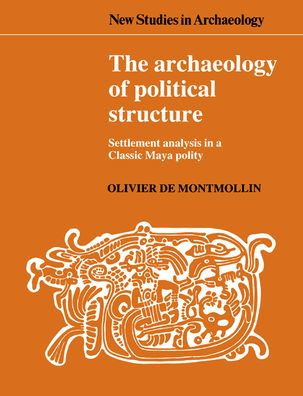5
1

The Archaeology of Political Structure: Settlement Analysis in a Classic Maya Polity
308
The Archaeology of Political Structure: Settlement Analysis in a Classic Maya Polity
308Paperback(Revised ed.)
$48.99
48.99
In Stock

Product Details
| ISBN-13: | 9780521548021 |
|---|---|
| Publisher: | Cambridge University Press |
| Publication date: | 01/22/2004 |
| Series: | New Studies in Archaeology |
| Edition description: | Revised ed. |
| Pages: | 308 |
| Product dimensions: | 7.44(w) x 9.72(h) x 0.67(d) |
From the B&N Reads Blog
